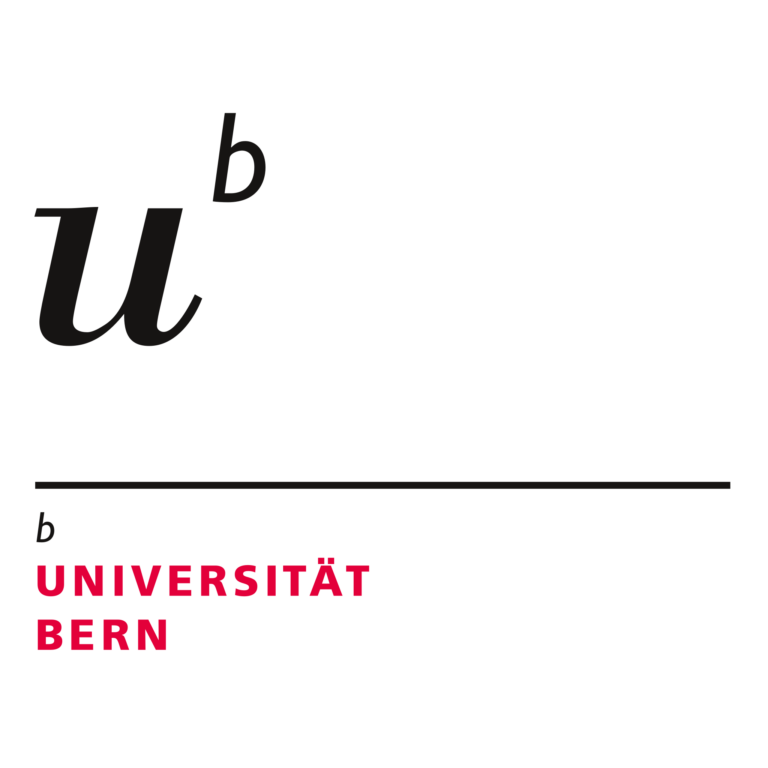Towards Holistic Tissue Analyses: a PIP for 3D Non-invasive Histopathology of Thyroid Tumors for Precision Medicine
Short Summary
Non-invasive, 3D histopathological imaging has the prospect to simplify classical clinical histopathology workflows, render whole block biopsy analysis efficient and it ensures that samples can be subjected to further molecular analyses. Careful analysis of the tissue morphology and molecular characteristics of a biopsy provide the basis for patient stratification and further clinical management. In this project, thyroid carcinomas (TCs) are examined as a showcase for the implementation of such holistic tissue analyses approach for precision medicine.
Goals
We address this issue by finding and establishing biomarkers based on the 3D tissue architecture that will improve the clinical diagnosis and prognosis of TC subtypes and enable a more personalized treatment and follow-up. We propose X-ray phase contrast (XPC) micro CT of solid biopsy blocks and tissue micro arrays (TMAs) combined with high-throughput image and feature analysis using machine learning to find 3D biomarkers. The clinical outcome of the project will be genuinely new 3D non-invasive tumor tissue analysis tools for clinical pathology and personalized medicine of TC.
Significance
The tools developed here will enable improved diagnostic, prognosis and patient stratifications for follicular TC. It will provide potential surrogate biomarkers for RET and TERT mutations in all subtypes of TC. The clinical significance for the former lies in the influence on a targeted therapy choice (RET inhibitor). For TERT, due to its devastating prognostic effect (tumor relapse) it can lead to a more personalized follow-up of TC patients.
Background
Thyroid cancer affects approximately 300 million people worldwide and the major challenge is to more reliably stratify patients for initial therapy and follow-up measures and thus to minimize the potential harm from overtreatment in the majority of patients who are at low risk while appropriately treating and monitoring patients who are at higher risk.
Platform

Dr. Robert Zboray
Center for X-ray Analytics, Empa
Co-Investigators
- Prof. Ce Zhang, Department of Computer Science, ETH Zürich
- Prof. Aurel Perren, Uni Bern, Inselspital
- Prof. Inti Zlobec, Uni Bern, Inselspital
- Dr. Marija Buljan, Empa
Consortium
Status
In Progress
- 4th Call, Platform







